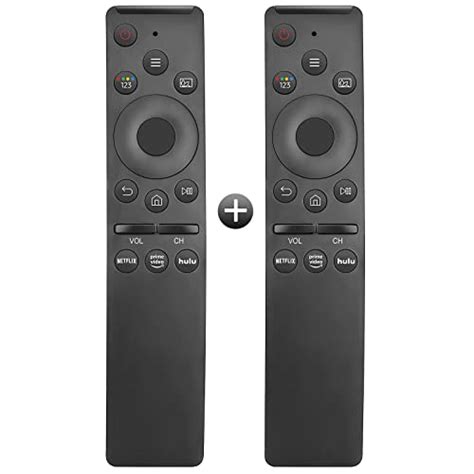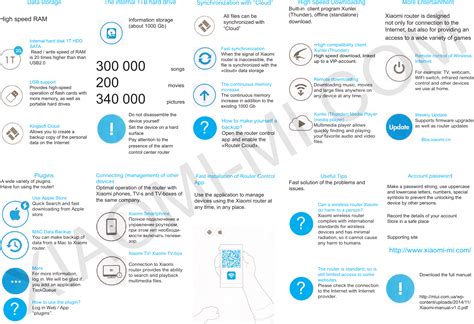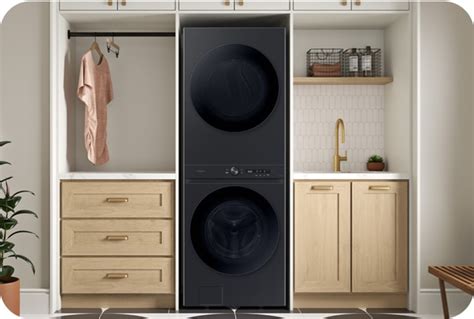Decoding Your Samsung TV Remote: A Comprehensive Guide

Okay, here's a Markdown formatted article optimized for the keyword "samsung tv remote", aiming for high quality, user-friendliness, and SEO effectiveness.
`markdown
Having trouble with your Samsung TV remote? This guide provides a detailed overview of everything you need to know, from basic troubleshooting to advanced features. We'll cover common issues, programming instructions, and tips for maximizing your viewing experience. Learn how to get the most out of your Samsung TV remote.
Understanding Your Samsung TV Remote
The Samsung TV remote is your gateway to controlling your entertainment experience. However, many users find themselves confused by the buttons, settings, and troubleshooting steps involved. This section breaks down the basics.
Common Types of Samsung TV Remotes
Samsung offers a variety of remotes, each with slightly different functionalities:
- Standard IR Remotes: These are the most common type, relying on infrared signals to communicate with your TV. They require a direct line of sight.
- Smart Remotes (One Remote): These remotes use Bluetooth and sometimes IR for more advanced features like voice control and on-screen navigation. They often pair automatically with your TV.
- Power: Turns the TV on and off.
- Source: Selects the input source (HDMI, Antenna, etc.).
- Volume Up/Down: Controls the audio volume.
- Channel Up/Down: Changes the TV channel.
- Menu: Accesses the TV's main menu for settings.
- Smart Hub/Home: Opens the Smart Hub for accessing apps.
- Navigation Pad (D-Pad): Used for navigating menus and on-screen content.
- Back/Return: Returns to the previous screen or menu.
- Voice Assistant Button (Microphone): Activates voice control features (if available).
- Solution: Replace the batteries with fresh ones. Ensure they are inserted correctly, matching the positive (+) and negative (-) markings.
- Solution: Re-pair the remote. Typically, this involves pointing the remote at the TV and pressing and holding the "Return" and "Play/Pause" buttons simultaneously for a few seconds. Consult your TV's manual for specific instructions.
- Solution: Make sure there are no obstacles blocking the signal between the remote and the TV's IR sensor.
- Solution: Try using the Samsung SmartThings app on your smartphone as a remote to confirm if the TV's IR sensor is working. If the app works, the issue is likely with the remote itself.
- Solution: Remove the batteries. Press all the buttons on the Samsung TV remote a few times. Reinsert the batteries. This can sometimes reset the remote's internal memory.
- Access the Menu: Go to your TV's "Settings" menu.
- Find Universal Remote Setup: Look for "External Device Manager" or "Universal Remote Setup."
- Follow On-Screen Instructions: The TV will guide you through the process of selecting the device type and brand.
- Test the Remote: After the setup, test the remote's functionality with the connected device.
- Voice Control: Explore the voice control features if your remote supports them. You can change channels, adjust volume, and search for content using your voice.
- Samsung SmartThings App: The SmartThings app can act as a backup remote and offers additional control options.
- Clean Your Remote: Keep your Samsung TV remote clean by wiping it with a soft, dry cloth.
- Extend Battery Life: Remove the batteries when you won't be using the remote for an extended period.
- Eco-Friendly Design: Reduces battery waste by using solar power for charging.
- USB-C Charging: Can also be charged via USB-C if needed.
- Extended Battery Life: A fully charged SolarCell remote can last for months.
- Q: My Samsung TV remote isn't working after I replaced the batteries. What should I do?
- Q: How do I pair my Samsung Smart Remote?
- Q: Can I use my phone as a Samsung TV remote?
- Q: How do I program my Samsung TV remote to control my cable box?
Key Buttons and Their Functions
Familiarize yourself with these essential buttons:
Troubleshooting Common Samsung TV Remote Issues
Is your Samsung TV remote not working? Here are some common problems and solutions:
1. Dead Batteries
2. Remote Not Paired (Smart Remote)
3. Obstructions
4. IR Sensor Malfunction
5. Remote Needs Resetting
Programming Your Samsung TV Remote
Programming your Samsung TV remote to control other devices (like a cable box or Blu-ray player) can simplify your entertainment setup.
Using the Universal Remote Setup
Tips and Tricks for Your Samsung TV Remote
Understanding the Samsung SolarCell Remote
The Samsung SolarCell remote is an innovative remote control powered by solar energy and other sources of light. Here are some of its key features and benefits:
Frequently Asked Questions (FAQs) about Samsung TV Remotes
Here are some common questions users have about Samsung TV remotes:
* A: Ensure the batteries are correctly installed. Try resetting the remote by removing the batteries, pressing all the buttons, and reinserting them. Also, check for any obstructions between the remote and the TV.
* A: Point the remote at the TV and press and hold the "Return" and "Play/Pause" buttons simultaneously for a few seconds.
* A: Yes, you can use the Samsung SmartThings app to control your Samsung TV.
* A: Go to your TV's "Settings" menu, find "External Device Manager" or "Universal Remote Setup," and follow the on-screen instructions.
Conclusion
Mastering your Samsung TV remote enhances your overall viewing experience. By understanding its features, troubleshooting common issues, and utilizing advanced functionalities like voice control, you can unlock the full potential of your Samsung TV. We hope this guide has provided you with valuable information and solutions to common problems.
`





